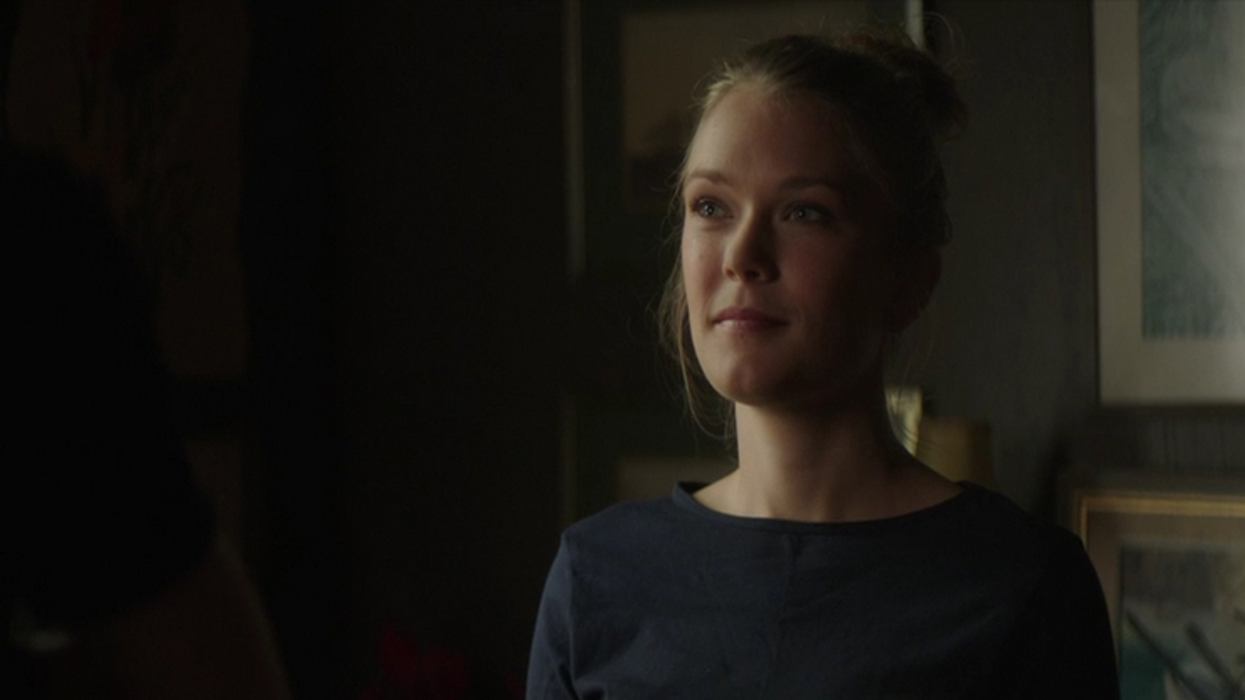Lighting for Matching Closeups: A Spectacular Lighting Workshop with Danish DP Eric Kress

There are few educational resources for cinematographers that are as rock-solid as the various publications, blogs, and podcasts from the American Society of Cinematographers. Last time we checked in with the ASC, we heard a podcast interview with Phedon Papamichael about his work shooting Alexander Payne's delightful black and white road film, Nebraska. This time, accomplished Danish cinematographer Eric Kress DFF, (who shot the fantastic Swedish version of The Girl With The Dragon Tattoo) walks us through his approach to shooting matched closeups in this excellent workshop from Gokinema & thefilmbook.
The shooting situation presented here is one that is often encountered in dramatic filmmaking: two individuals who are sitting at a table that is parallel to a window. Obviously, the window provides an easy way to motivate light in the scene, but getting it to look beautiful while maintaining a sense of naturalism takes the skilled hand of cinematographer who knows what he's doing. Here's Eric Kress to give us his take on this scenario:
The key light in this scene is relatively straightforward. A 4K HMI bounced into a 12x12 butterfly silk positioned a few feet from the window provides a soft, yet directional light that sculpts the actors' faces very nicely. However, it's the additional lighting and shaping techniques that really make this shot a beautiful one.
First, a slight illumination of the background (about 1 stop under) is accomplished through a similar technique to the one mentioned above for the key. An 800w Joker HMI outside the window was pointed in the direction of the 2nd actor, then a poly-bounce was positioned so that it would cast light directly onto the wall behind the 1st actor. This light also provides some light modeling on the shoulder of the 2nd actor and helps to define his shape.
The final light in this scene is a basic fill from a Kino Diva placed over the left shoulder of the male actor. This light has two functions here. First, it evens out the light on the actress's face, and helps to temper the overwhelming contrast in the scene. Secondly, it adds just a faint hint of an eyelight.
One of the biggest takeaways from this workshop, other than how to create naturalistically moody lighting, is how to cut pesky reflections in objects such as picture frames. The first method with which this is accomplished is through flagging off the trouble areas. However, Kress also uses dulling spray (a must-have item for your gear bags) in order to cut the reflections from shiny surfaces.
What do you guys think of this lighting workshop and the techniques presented? What methods have you used to create naturalistic light in scenarios such as this one? What are some other ways that you've cut reflections on set? Let us know down in the comments!
Link: Eric Kress Lighting Workshop - Part 1 -- The Film Book (ASC Blog)


















